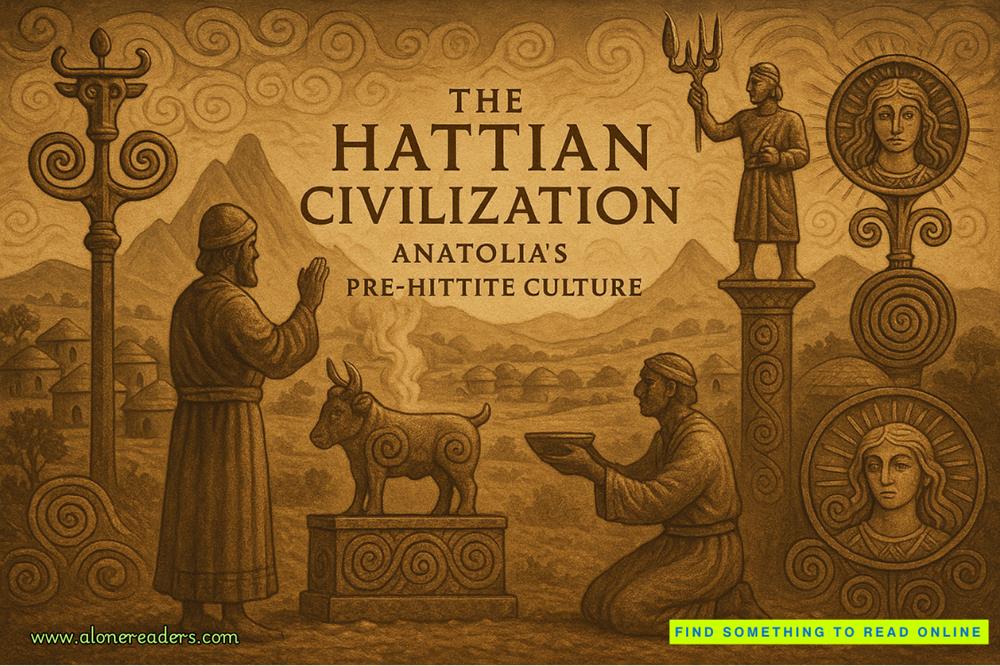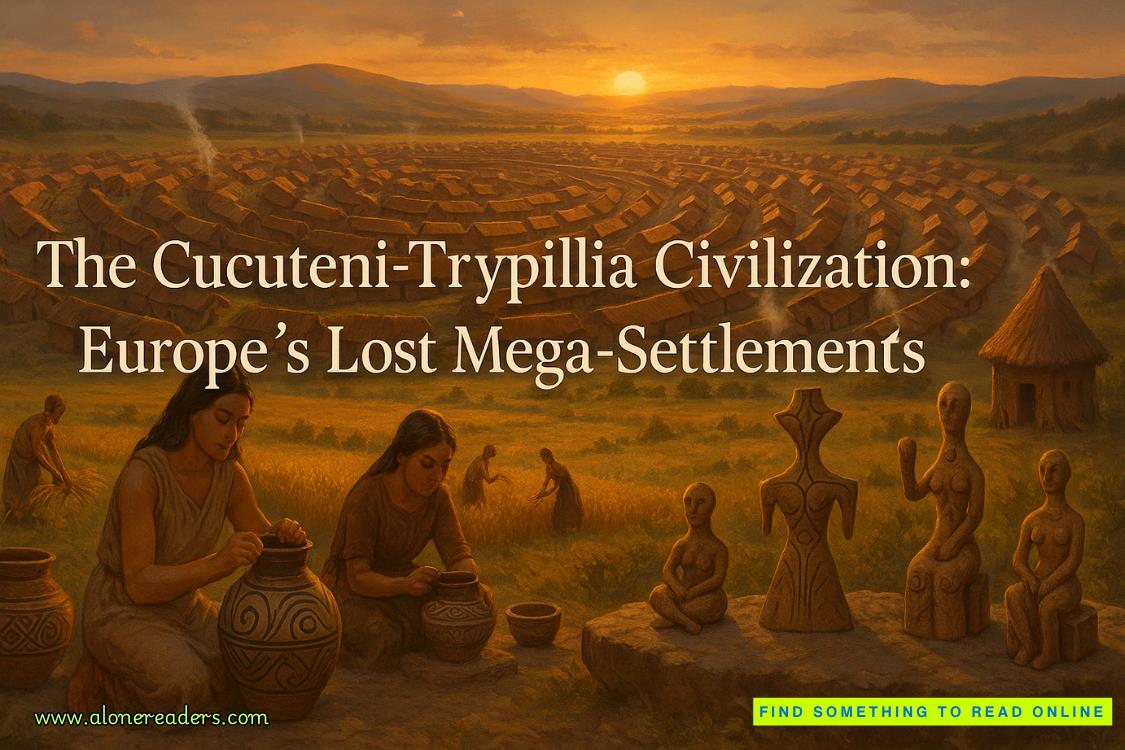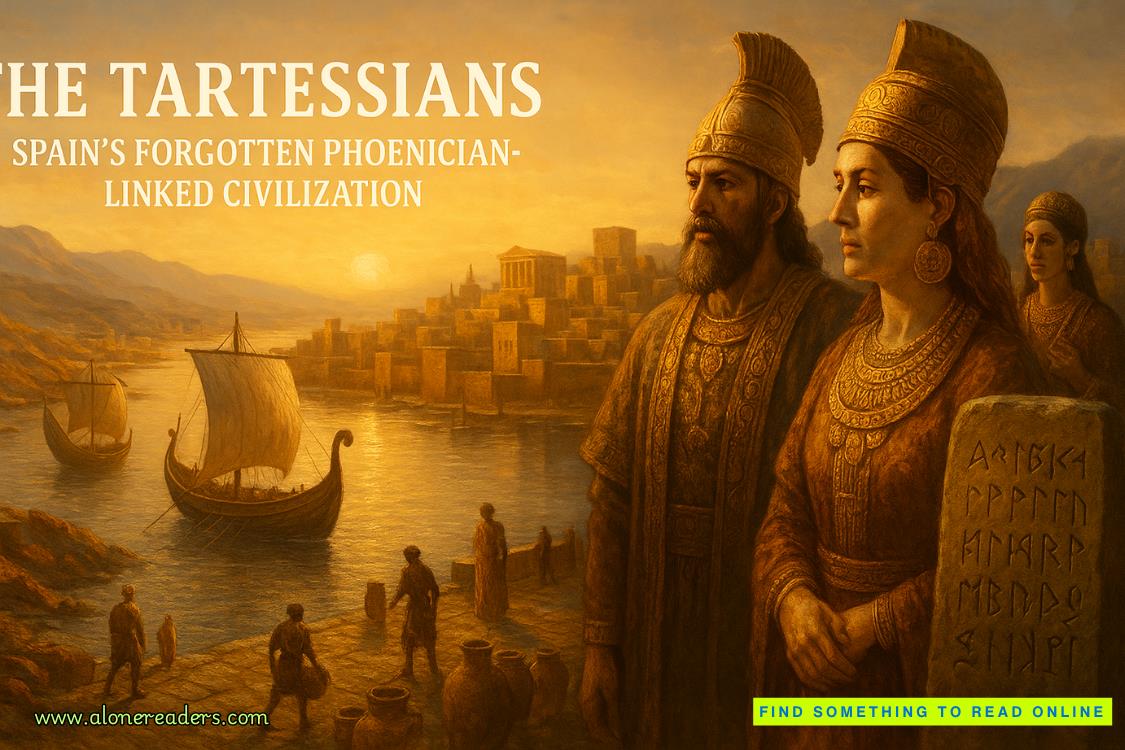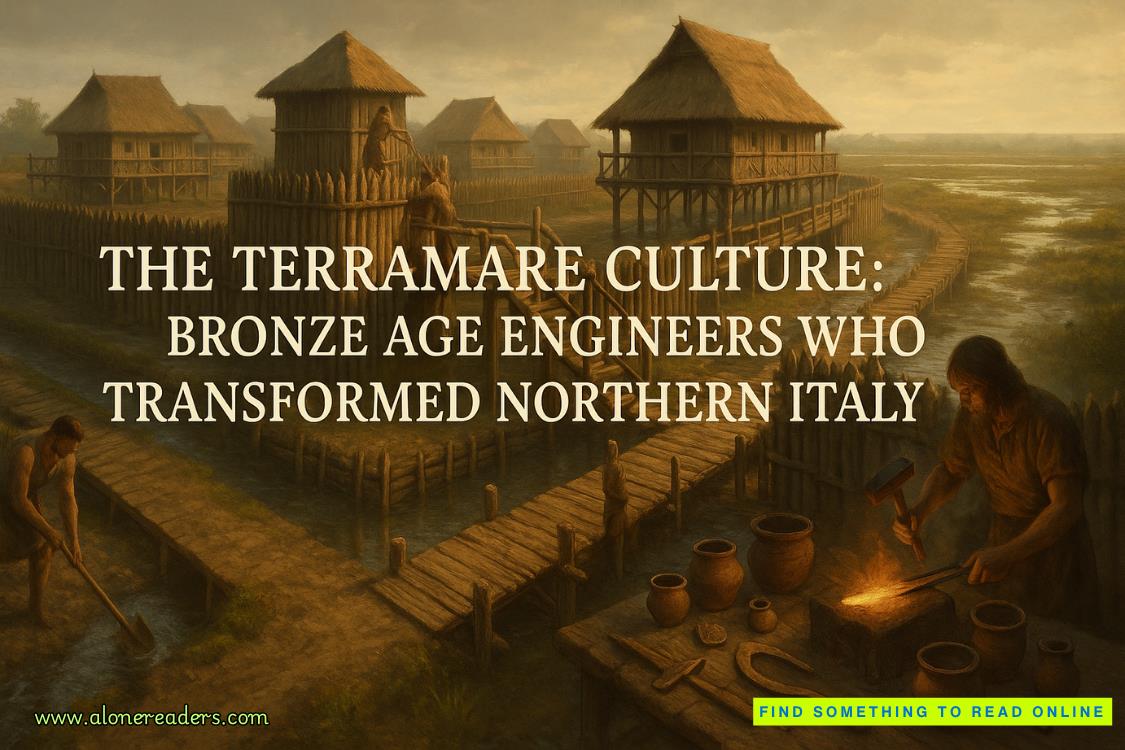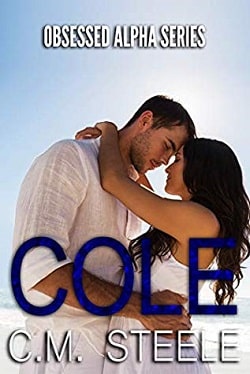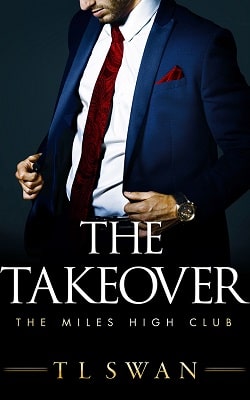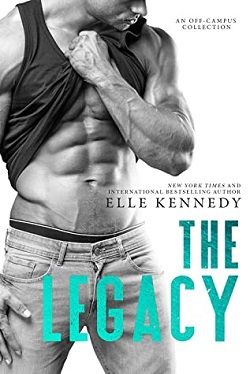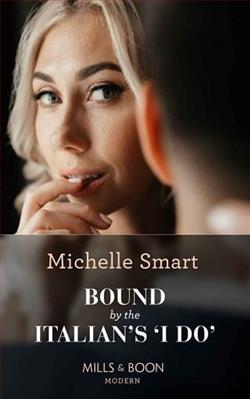“Just the one,” he said. “That’s all . . .” He hesitated, his eyes darting back and forth, then the light dawned. “Ah—they all rode in together.”
“Bingo,” I said. “But they didn’t all ride out together. And what about the grave? What does the evidence there tell us?”
“The cartridge cases are from two different weapons,” said one of the dirt sifters. “They’re all nine-millimeter Remington, but there’s two different firing-pin impressions. One’s round, the other’s rectangular.” I nodded approvingly; when I’d asked a friend on the campus police force for spent shells, I’d specifically requested shells from two different handguns, so I was pleased that the difference had been noticed. “Also,” he went on, “the cigarette butts are two different brands. So we might get two different DNA profiles from those.”
“Good,” I said. “Maybe there’s DNA in the gum, too—and maybe the gum chewer’s not one of the smokers. So there could be three DNA profiles, right?” Heads nodded. “Okay, let’s talk taphonomy—the arrangement of the items you excavated. What did you learn as you unearthed the bodies?”
“All three were killed with a single shot to the back of the head,” said a guy whose nerdy, Coke-bottle glasses were offset by immense, chiseled jaw muscles, gleaming with sweat and smears of clay. “Execution style.” I nodded, slightly self-conscious about this part. The shots to the head were the least realistic part of the exercise, because the shots—unlike the corpses themselves—were fakes. It had struck me as unnecessary and disrespectful to fire bullets into donated bodies, so I’d settled instead for daubing a small circle of red dye onto the back of each head, and a larger circle on each forehead, to simulate entry and exit wounds.
“What else?” A long silence ensued. “Did you find blood in the grave?” Heads shook slowly. “Did you find blood anywhere besides on the wounds themselves?” More head shaking; several of the agents now cast nervous sidelong glances at one another. “So what does that suggest to you?”
The blond woman raised a hand. “It suggests they were killed somewhere else,” she said. “And then brought here.”
I gave her a thumbs-up. “Which explains why there was only one vehicle. Tell me—how often do drug traffickers and drug buyers carpool to the place where the deal’s going down?” A few of the agents laughed, but Kimball, the tread caster, winced, as he should have: Kimball, of all people, should have given more thought to the absence of a second vehicle. “Also,” I went on, “how likely is it that only three bullets would be fired during a drug-deal shoot-out? All of them to the back of the victims’ heads?” I could see them rethinking the scenario. “Anything else?” The agents looked from the grave to the bodies and back to the grave, then at me once more. My questions made it clear that they were still missing something—still failing to connect important dots—but apparently they needed a hint. “Look closely at the three faces,” I said. “See any differences?”
“Ah,” said the nimbus-haired blonde. “The two ‘buyers’ look a lot better than our guy. A lot . . . fresher.”
“Bingo,” I said. “They show no signs of decomposition, and no insect activity. Look at your ‘undercover agent.’ He’s a mess—he’s starting to bloat, and he’s got maggots in his mouth and nostrils. Anybody look in there?” Several of the agents grimaced; most shook their heads sheepishly. “So if you compare the condition of the bodies, what does the difference in decay tell you?”
“He was killed before the other two,” said Boatman, the agent who’d noticed the absence of mud spatter beside the tire tracks.
“Exactly,” I said, pulling on a pair of purple nitrile gloves. “Also, your undercover guy was probably outdoors, or maybe stashed outdoors for a while—someplace where the blowflies could get to him.” I pointed a purple finger at the puffed-up face again. “Blowflies like to lay their eggs in the moist orifices of the body,” I went on. “The mouth, the nose, the eyes, the ears, even the genitals, if those are accessible. But especially, especially, any bloody wound.” I stooped beside the dead “agent” and lifted his head. I had gone to the trouble of mixing a bit of actual blood—pig blood—with the red food coloring on his head, and I’d brought him out to the Body Farm two days before I’d brought the other bodies. During that time, his “gunshot wound” had attracted legions of flies, and by the time I’d placed the bodies in the ground, maggots had begun colonizing his hair, forehead, and orifices. “Next time, check for maggots. And collect the biggest ones.” I bent down and plucked a quarter-inch specimen from an eye socket, holding it in my palm for them to inspect. “A forensic entomologist could tell you that this maggot hatched three or four days ago,” I said. “Which—if I remember right—is just about the time your undercover agent dropped off the radar screen. Is that correct, Agent McCready?”
“That’s correct, Dr. Brockton.”
I flicked the maggot into the woods. It was time to reveal the final plot twist in the scenario. When I’d first phoned to suggest the idea, McCready had sounded dubious. As we talked, though, he warmed to the idea, and by the end of the call, he’d embraced the scenario enthusiastically: “A good lesson in investigative skepticism,” he’d called it.
“So,” I said to the team of trainees, “knowing that these other two guys were killed a couple days after your agent—and knowing that all of them were brought out here and buried together . . .”—I paused, giving them time to think and rethink before offering the final hint—“what does that tell you about your confidential informant?”
“It tells us he’s a lying sack of shit,” Kimball blurted. His face was flushed and his tone was angry, as if the corpse really was a murdered FBI agent, rather than a married insurance agent who’d had a heart attack during a tryst with his mistress. “It tells us the C.I.’s whole story is bullshit,” Kimball fumed, smacking a fist into an open palm. “Hell, maybe he even set up our guy—ratted him out to the traffickers.”
I nodded. “Maybe so. So be careful who you trust. Bad guys lie through their teeth. But bugs?” I pointed to the bloated face and the telltale maggots. “You can always believe them. Whatever they tell you, it’s the truth.”
THE FAMILIAR ARC OF A RIB CAGE FILLED MY FIELD of vision as I leaned down and peered through the smoke. On the rack of my charcoal grill, two slabs of baby back ribs sizzled, the meat crusting a lovely reddish brown. Ribs were a rare treat these days—Kathleen, invoking her Ph.D. in nutrition, had drastically cut our meat consumption when my cholesterol hit 220—but she was willing to bend the dietary rules on special occasions. And surely this, our thirtieth wedding anniversary, counted as a special occasion.
As soon as the FBI training at the Body Farm had ended, I’d headed for home, stopping by the Fresh Market, an upscale grocery, to procure the makings of a feast, southern style: ribs, potato salad, baked beans, and coleslaw.
As I fitted the lid back onto the smoker, I heard a car pull into the driveway, followed by the opening and slamming of four doors and the clamor of four voices. A moment later the backyard gate opened, and Jeff, my son, came in. Leaning into the column of smoke roiling upward, he drew a deep, happy breath. “Smells great. Almost done?”
“Hope so. The guest of honor should be home any minute. She’s been dropping hints all week about celebrating at the Orangery.” The Orangery was Knoxville’s fanciest restaurant. “Way I see it, only way to dodge that bullet is to have dinner on the table when she gets here.”
“You know,” he said, “it wouldn’t kill you to take Mom someplace with cloth napkins and real silverware once every thirty years.”
I raised my eyebrows in mock surprise. “You got something against the plastic spork? Anyhow, I thought it’d be nicer to celebrate here.”
The wooden gate swung open again—burst open, whapping against the fence—and Tyler came tearing into the backyard, with all the exuberance of a five-year-old who’d just been liberated from a car seat. “Grandpa Bill, Grandpa Bill, I could eat a horse,” he announced, wrapping himsel
f around my left leg.
A few steps behind came his younger brother, Walker, age three, grabbing my right leg and crowing, “I can eat a elephant!”
Jeff’s wife, Jenny—a pretty, willowy blonde, who carried herself with the easy grace of an athlete—came up the steps after them, closing the gate. “Stay away from the grill, boys,” she called. “It’s hot. Very, very hot.” She leaned over the boys to give me a peck on the cheek. “I don’t know about the ribs, but you smell thoroughly smoked,” she said. “Are you sure you want us horning in on your anniversary dinner?”
“Absolutely. What better way to celebrate thirty years of marriage?”
“Hmm,” Jeff grunted. “Hey, how ’bout you and Mom celebrate with the boys while Jenny and I eat at the Orangery?”
“Listen to Casanova,” scoffed Jenny. “For our anniversary, he took me to the UT-Vanderbilt game. Superromantic.” She shook her head good-naturedly. Then, with characteristic helpfulness, she asked, “What needs doing?”
“If you could set the table, that’d be great. Oh, and maybe put the slaw and potato salad and beans in something better looking than those plastic tubs?”
She nodded. “Hey, kiddos, who wants to be Mommy’s helper?”
“I do, I do,” they both shouted, abandoning me to follow her through the sliding glass door and into the kitchen.
“What on earth did you do to deserve her?” I asked Jeff as the door slid shut.
“I think she likes me for the foil effect,” he said. “I make her look so good by comparison. Same reason Mom keeps you around.”
At that moment I heard the quick toot of a car horn in the driveway, followed by the clatter of the garage door opening. Kathleen was home.
Soon after, delighted squeals—“Grandmommy! Grandmommy!”—announced her arrival in the kitchen.
The slider rasped open and she emerged, the strap of her leather briefcase still slung over her shoulder. “Bill Brockton, you sneak. You didn’t tell me you were cooking.”








